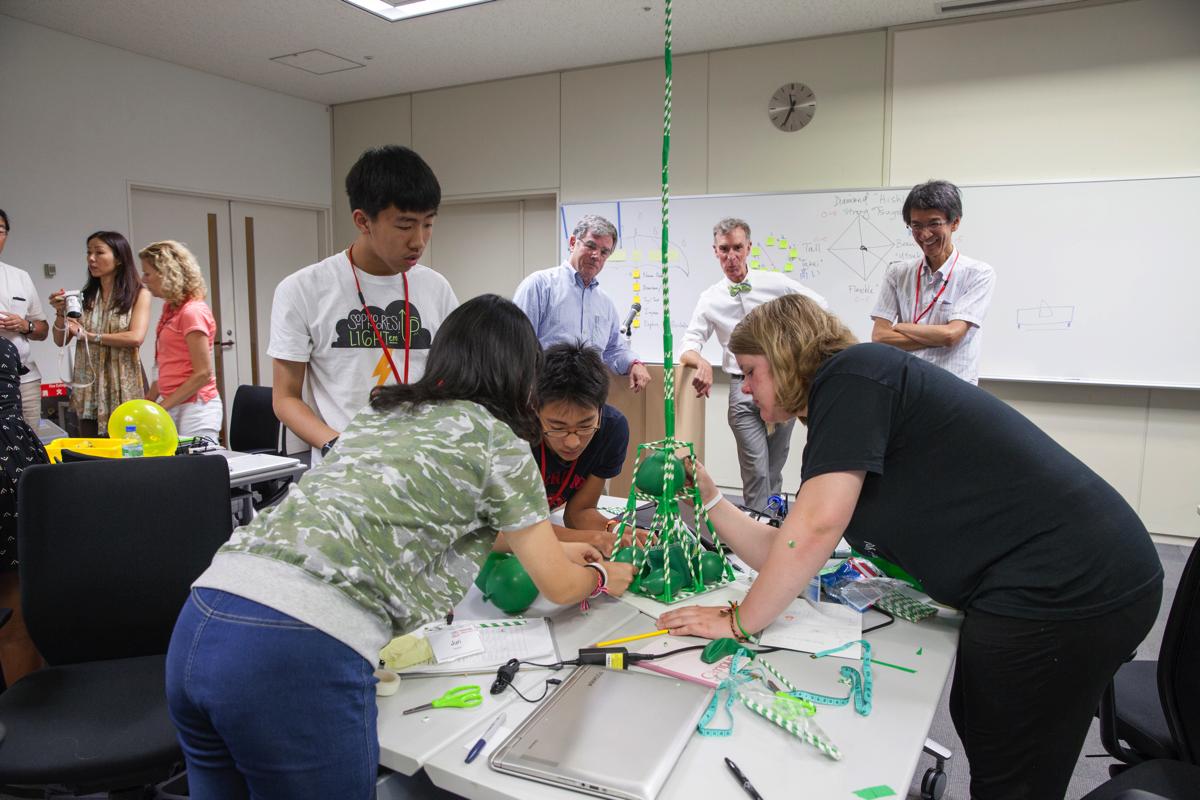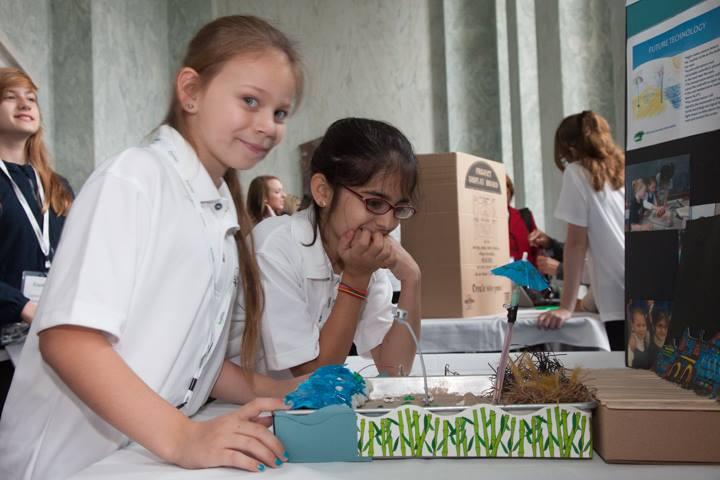Giving the Gift of Curiosity to K-12 Students
The winter holidays are just around the corner and the most valuable gift is something you can’t buy in a store—curiosity. The power of intellectual curiosity can propel young minds to seek answers to the questions they have, and learn through the process of investigation.
Encouraging Curiosity
The importance of encouraging curiosity in students is crucial to their intellectual success. Curiosity inherently leads students to dream big and draw their own conclusions. This concept can be fostered in the classroom through strong direction from teachers and engaging curriculum.
By implementing project-based learning (PBL) in the classroom, teachers can engage their students in hands-on research and investigation. PBL encourages students to think critically about a question they are asked and use concepts they have learned to find the answer. Through PBL, students solve sample problems and apply solutions to something with a tangible outcome.

Caption: Project-based learning activities encourage intellectual curiosity and teamwork
The Importance of STEM
Curiosity also has the potential to motivate students to solve problems. Four disciplines that encourage this type of exploration are science, technology, engineering, and math (STEM).
Using the scientific method, students can question, hypothesize, research, and think critically. Through engaging in STEM activities such as experiments, labs and demonstrations, students can refine their inquiry skills. Students who take a hands-on approach to learning and can explain—not memorize—concepts are the ones who will be our future scientific leaders

Caption: ExploraVision encourages students to seek solutions to real-world issues
Motivation Through ExploraVision
Teachers that make use of a STEM program are gifting their students with the foundation they need to develop intellectually. ExploraVision encourages K-12 students to work collaboratively in teams to solve real-world problems. Through the use of Next Generation Science Standards, teachers encourage curiosity in students by asking them to find solutions to specific issues impacting our world.
Incorporating ExploraVision into classroom curriculum not only strengthens students’ knowledge of STEM concepts, but it strengthens their investigation skills on a broader scale. Prizes for winning teams may serve as motivation, but the months of preparation and experimentation leave a lasting impact.
Ready to inspire curiosity in your classroom of STEM explorers? Registration is open now!